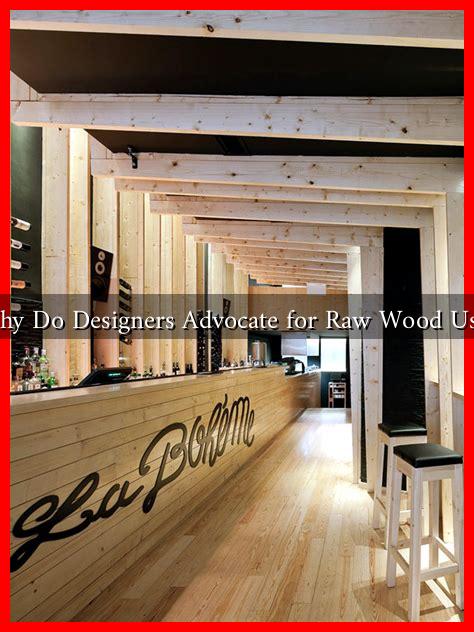-
Table of Contents
Why Do Designers Advocate for Raw Wood Use?
In the world of design, the choice of materials can significantly influence the aesthetic, functionality, and sustainability of a project. Among various materials, raw wood has emerged as a favored choice for many designers. This article explores the reasons behind this trend, highlighting the benefits of raw wood, its aesthetic appeal, and its environmental impact.
The Aesthetic Appeal of Raw Wood
One of the primary reasons designers advocate for the use of raw wood is its natural beauty. The unique grain patterns, textures, and colors of wood create a warm and inviting atmosphere in any space. Unlike synthetic materials, raw wood offers a sense of authenticity and connection to nature.
- Unique Characteristics: Each piece of wood is distinct, providing a one-of-a-kind look that cannot be replicated.
- Versatility: Raw wood can be used in various design styles, from rustic to modern, making it a versatile choice for different projects.
- Warmth and Texture: The tactile quality of wood adds warmth to interiors, making spaces feel more comfortable and inviting.
For instance, the use of reclaimed wood in interior design has gained popularity due to its character and history. Designers often incorporate reclaimed wood beams, flooring, and furniture to create a rustic yet sophisticated ambiance. A notable example is the reclaimed wood trend in urban lofts, where the juxtaposition of raw wood against industrial elements creates a striking visual contrast.
Sustainability and Environmental Impact
In an era where sustainability is paramount, raw wood stands out as an eco-friendly material. Designers are increasingly aware of the environmental implications of their choices, and raw wood offers several advantages in this regard.
- Renewable Resource: Wood is a renewable resource, especially when sourced from sustainably managed forests.
- Carbon Sequestration: Trees absorb carbon dioxide during their growth, making wood products a carbon sink that helps mitigate climate change.
- Biodegradability: Unlike synthetic materials, wood is biodegradable, reducing landfill waste at the end of its life cycle.
According to the World Wildlife Fund, sustainable forestry practices can help maintain biodiversity and protect ecosystems. Designers who prioritize raw wood often collaborate with suppliers who adhere to these practices, ensuring that their projects contribute positively to the environment.
Health Benefits of Raw Wood
Beyond aesthetics and sustainability, raw wood also offers health benefits that make it an appealing choice for designers. Research has shown that natural materials can improve indoor air quality and promote well-being.
- Air Quality: Wood can help regulate humidity levels, absorbing excess moisture and releasing it when needed, which can lead to a healthier indoor environment.
- Psychological Benefits: Natural materials like wood have been linked to reduced stress and increased comfort, enhancing the overall well-being of occupants.
- Low VOC Emissions: Raw wood typically emits fewer volatile organic compounds (VOCs) compared to synthetic materials, contributing to better air quality.
A study published in the journal Building and Environment found that environments featuring natural materials, including wood, significantly improved occupants’ mood and productivity levels.
Conclusion
Designers advocate for the use of raw wood for various compelling reasons, including its aesthetic appeal, sustainability, and health benefits. As the design industry continues to evolve, the emphasis on natural materials like raw wood is likely to grow. By choosing raw wood, designers not only create beautiful and functional spaces but also contribute to a more sustainable and healthier environment. The unique characteristics of wood, combined with its positive impact on well-being and the planet, make it a material worth championing in contemporary design.


